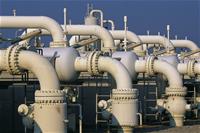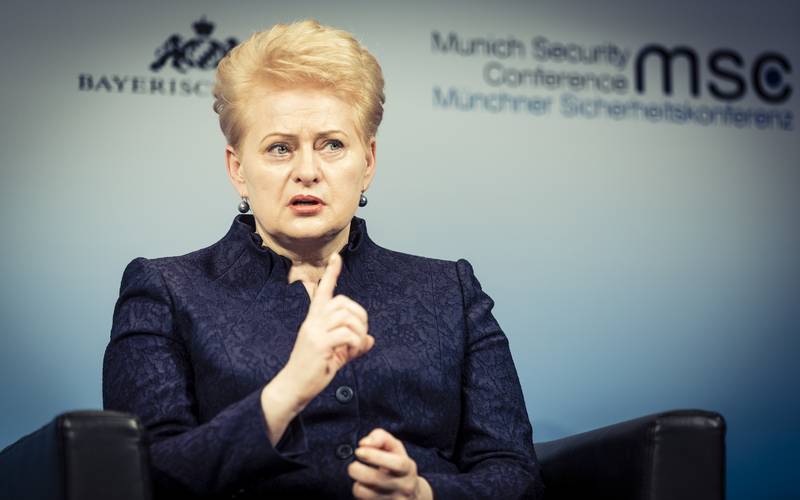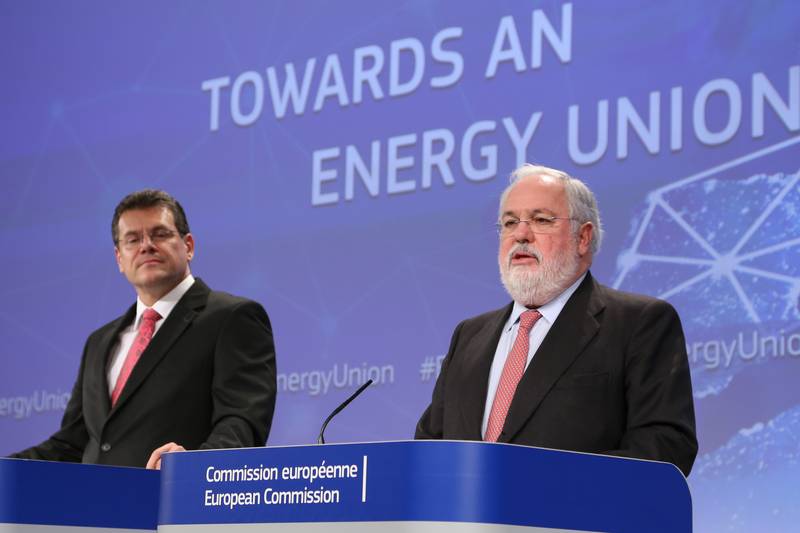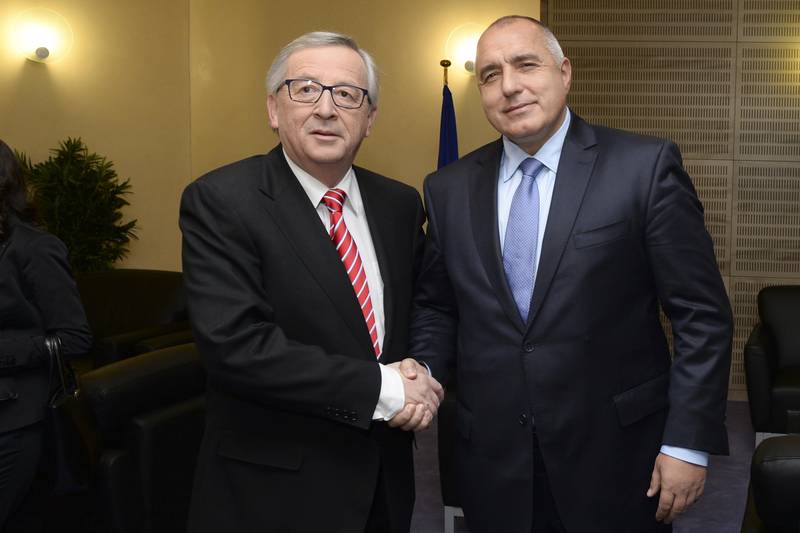Bulgaria will build gas interconnector with Serbia
Desislava Dimitrova, March 5, 2010
 A day after he signed an agreement for the construction of a gas interconnection with Greece, the Bulgarian energy minister Traycho Traykov signed in Brussels a "joint statement" for the preparation of a project for construction of gas interconnection between Bulgaria and Serbia. The document was signed in the presence of the European Energy Commissioner Mr Guenter Oettinger and outlines the major steps towards the realisation of the project. It also contains a call on the European Commission and the big international financial institutions to help with the funding of the project, a press release from the Serbian Ministry of Energy says.
A day after he signed an agreement for the construction of a gas interconnection with Greece, the Bulgarian energy minister Traycho Traykov signed in Brussels a "joint statement" for the preparation of a project for construction of gas interconnection between Bulgaria and Serbia. The document was signed in the presence of the European Energy Commissioner Mr Guenter Oettinger and outlines the major steps towards the realisation of the project. It also contains a call on the European Commission and the big international financial institutions to help with the funding of the project, a press release from the Serbian Ministry of Energy says.
The Bulgarian side already announced it would get 60 mn euro from the Regional Development operational programme for the construction of the Dupnitsa-Bulgarian/Serbian border segment. The construction of the segment from the border to the Serbian city of Nish, as well as the same segment of the pipeline, will be financed by Serbia. It is expected the preliminary project research to be ready by the Autumn of this year and the first deliveries of gas to start flowing in 2013.
Behind the news for the signing of the agreement an important questions is hiding - is this the way to diversify gas deliveries in the region? Because, the main purpose of the interconnectors with the Greek, Romanian and now the Serbian gas system is to avoid another gas crisis in Bulgaria, caused by a conflict between Russia and Ukraine. So, the key question here is where is the gas coming from for the new pipes? From Banatski dvor (Banat Yard), which is the Serbian gas depository, Bulgarian officials reply. "There is no gas in Banatski dvor - the gas which is being deposited there is imported from Russia", the director of the Serbian company Transnafta Bratislav Cheperkovich says. For almost a month the depository itself is Russian, in other words it is being managed by a joint company, with Gazprom holding 51% of the shares.
The interconnectors' cost is 120 mn euro for the segment between the Bulgarian town of Dupnitsa and the Serbian - Nish, and its purpose is to reduce Bulgaria's and Serbia's dependence from Russian deliveries. But where is the diversification here and why 4 years later the idea for this interconnector is being revived is unknown. Moreover, the initial plans were the interconnector to be only one way - towards Serbia. Now the latest idea is for a reverse flow. And why has this project become all of a sudden so important that even the European Commission will give us more money than it is giving for the interconnection with Greece, which gives much more possibilities for diversification?
Several years ago the then energy minister (who, by the way, later became minister of religions) assured me that Serbia wanted to sell its oil company NIS to a large Western company. After all, Gazprom bought it. And the investments in the Banatski dvor depository were part of the contract. So much about diversification and independence ...
Another way to look at it is that the route Dimitrovgrad-Nish is a problem for a long time and in other terms. Everyone who drove not from Dupnitsa, but from Sofia, knows the road holes by heart - people know the tunnels and even the trucks very well because the road is terrible. No matter that this road is part of a major transport corridor but no one is repairing it. Thus we get to the major issue about transport connections between Balkan capitals - but this is another topic.
 Dalia Grybauskaite | © MSC/Koerner
Dalia Grybauskaite | © MSC/Koerner Maros Sefcovic, Miguel Arias Canete | © European Commission
Maros Sefcovic, Miguel Arias Canete | © European Commission Jean-Claude Juncker, Boyko Borissov | © European Commission
Jean-Claude Juncker, Boyko Borissov | © European Commission